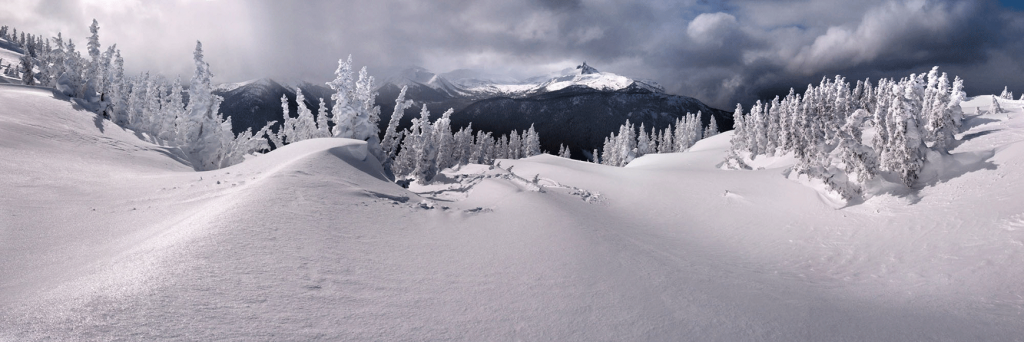Jason Denning











I shoot exclusively in the 3:1 panoramic format on film with a very simple all manual camera that doesn’t take a single battery, however my photography journey didn’t start that way.
From day one I learnt photography on film using a Mamiya 645 Pro TL medium format camera, I had never used one before but my extensive online research told me if I wanted the quality to print big this was the way go as a 35mm just wouldn’t cut it.
I had no interest in photography but upon moving to my apartment in London with its awesome view of the city I wanted to capture that view and put it on my wall. Yes, that’s right, I bought a medium format camera just so I could take pictures to hang in my apartment, but this soon ignited my passion.
I found myself naturally cropping shots into the panoramic ratio even with my very first shot, something that came from my career in the film industry and a love for cinema. Eventually this developed into stitching with a digital back as I realised cropping lost too much resolution to print big even with medium format. However, even that felt limiting as I love to shoot long exposures which isn’t always possible to stitch when the light is fading quickly.
After 6 years of photography I decided to never stitch again and bought my second camera ever, a 617 panoramic camera and it opened up a world of possibilities that a digital camera never could. I could now do double long exposures all on the same piece of film at a resolution equal to what the best photo stitching could provide, it was like falling in love all over again.
Panoramic 617 cameras tend to be expensive which always put me off for years, but I found a great company called Fotoman in China who made a solid 617 camera that could adapt almost any large format lens I wished.
I used to own every lens Mamiya made for the 645 thinking I needed them all, but over time as my experience increased, I used less.
Today my ThinkTank Streetwalker HardDrive Backpack is filled with 3 lenses; Rodenstock 55mm f/4.5 custom mounted lens, Rodenstock 90mm f/6.8 lens and Rodenstock 180mm f/5.6 lens.
Along side that there are lots of little essentials:
6 stop and 10 stop ND filter for long exposures sometimes even over 1 hour.
105mm Polariser.
Loupe for checking critical focus on the ground glass, however I mainly focus by the distance scale on the helical focus mount.
Torch – a must when it get’s dark and I need to see what number the film roll is at at the back of the camera.
Black metal sheet and arm to control flare as I don’t have lens hoods.
Minolta Spotmeter F – my favourite because its made for large format lenses and allows me to easily judge the changing exposure for a large panoramic scene.
Fotoman Auxilary Rangefinder to measure distances.
Gitzo traveller tripod – I know what you are thinking, it’s too small for this camera but it actually fits inside the backpack.
Acratech GP Ballhead.
Light waterproof jacket – because you never know when you might get caught in the rain.
Lastly, because not every shot is worth setting up the 617 for I always carry a Fujifilm X100 S as my quick point and shoot camera, it’s a film photographers dream with its manual control dials.
All this fits inside my backpack and is the perfect travelling kit for carry on luggage, it’s always overweight but no one ever suspects that when it’s on my back.
I love the simplicity of the camera, with a quick glance I can see if everything is set correctly, but also that the time it takes to setup turns every photograph into an event I need to plan for. It pushed my passion even further, something that digital could never do, you can never replace the excitement of getting a roll of film back from processing and looking at the huge slides on a lightbox for the first time. Film can be unforgiving but there’s nothing like catching that perfect shot.


Check out these 8 essential tools to help you succeed as a professional photographer.
Includes limited-time discounts.













